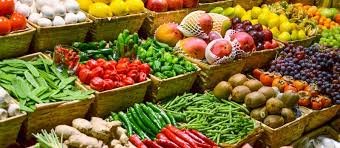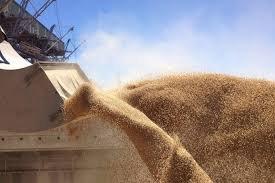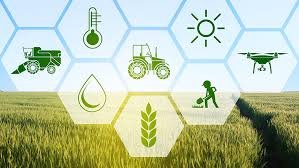Xinhua releases series indices on tropical agriculture in China
The release of the indices could guide agricultural production through price and information transmission
A series of indices, designed to objectively and accurately reflect the price trend of tropical agricultural products and prospects of related industries, was officially released at a seminar on building the price index publishing center for international tropical agricultural products held recently in Haikou, capital city of south China’s Hainan Province.
The indices, jointly compiled by China Economic Information Service (CEIS) of Xinhua News Agency, People’s Government of Chengmai County of Hainan Province and Haiken Group (HSF), consists of China banana industry development index, China natural rubber market confidence index, areca nut industry climate index, and global banana industry technological competitiveness index.
Taking prices as the core, the release of the indices could guide agricultural production through price and information transmission and help industry entities gain market voice, said Wang Weijian, analyst with Xinhua Indices of CEIS.
According to Wang, these indexes are effective tools for market analysis, monitoring and early warning, as well as industrial investment.
Since 2016, CEIS, together with People’s Government of Chengmai County of Hainan Province and HSF, have compiled a total of 12 tropical agricultural products price indexes, covering five major tropical agricultural products, namely natural rubber, bananas, pepper, betel nut, and agarwood.
The construction of the price index publishing center for international tropical agricultural products is a significant milestone in boosting the high-quality development of Hainan’s characteristic tropical agriculture, said Yang Mu, president assistant of CEIS, adding that price indexes are playing a more important role in serving the Hainan freetrade port to integrate itself into the global economic system.
The release of the indices could guide














